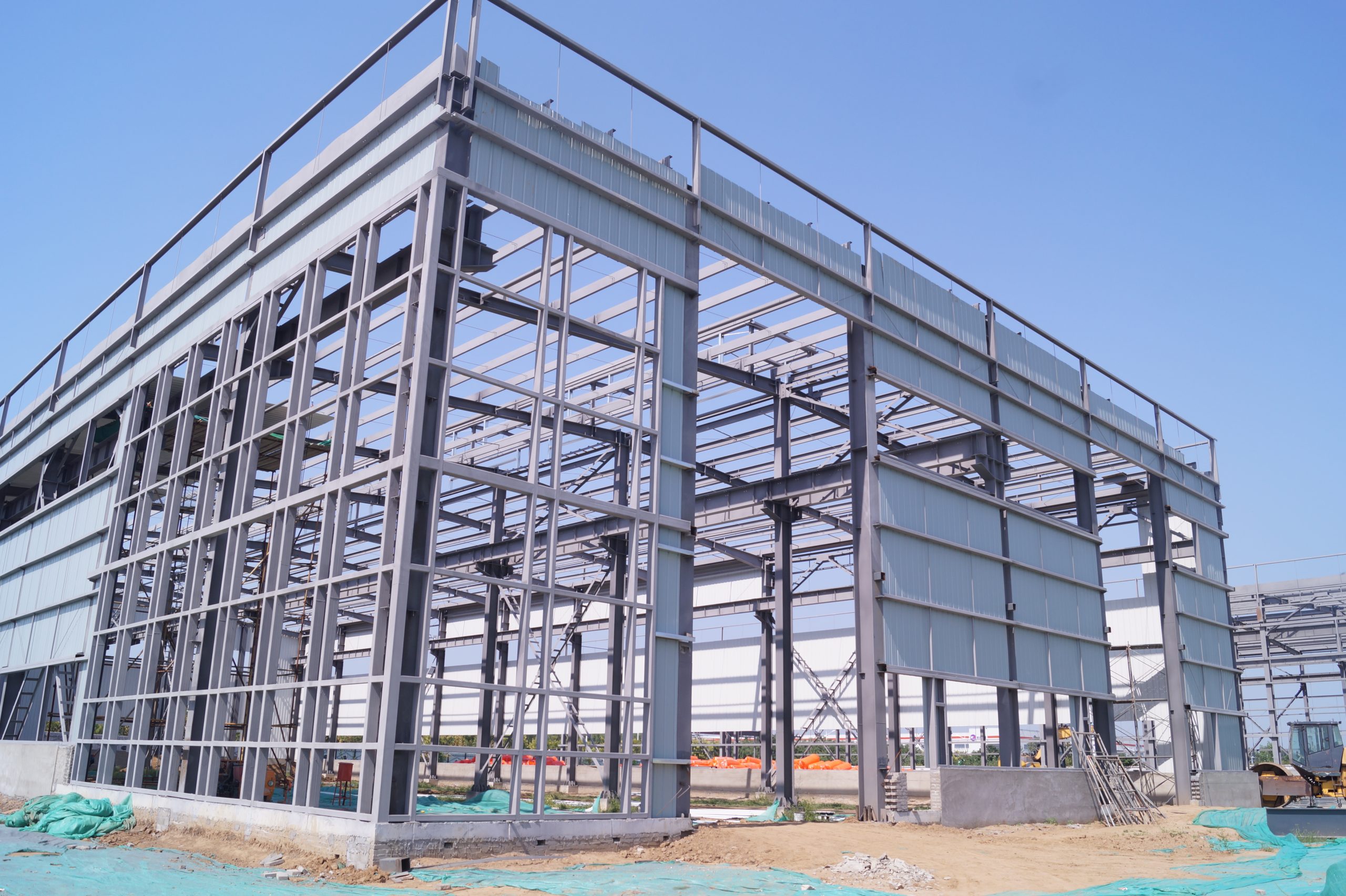Table of Contents
Steps to Carry Out the Construction Process Specification of Anti-Rust Coating Treatment
Anti-rust coating treatment is an essential process in construction to protect metal surfaces from corrosion and extend their lifespan. The construction process specification of anti-rust coating treatment involves several steps that must be followed carefully to ensure the effectiveness of the coating. In this article, we will discuss the steps involved in carrying out the construction process specification of anti-rust coating treatment.

The first step in the construction process specification of anti-rust coating treatment is surface preparation. This involves cleaning the metal surface to remove any dirt, grease, or other contaminants that may interfere with the adhesion of the coating. The surface should be thoroughly cleaned using a solvent or detergent, followed by rinsing with clean water to ensure that no residue is left behind.
After the surface has been cleaned, the next step is to remove any existing rust or corrosion. This can be done using a wire brush, sandpaper, or a chemical rust remover. It is important to remove all traces of rust to ensure that the coating adheres properly and provides maximum protection against corrosion.
Once the surface has been cleaned and any rust removed, the next step is to apply the anti-rust coating. There are several types of anti-rust coatings available, including primers, Paints, and sealants. The type of coating used will depend on the specific requirements of the project and the level of protection needed.
When applying the anti-rust coating, it is important to follow the manufacturer’s instructions carefully. The coating should be applied evenly and in thin layers to ensure proper adhesion and coverage. It is also important to allow each layer to dry completely before applying the next layer to prevent bubbling or peeling.
After the anti-rust coating has been applied, the final step is to inspect the surface for any defects or imperfections. Any areas that are not properly coated should be touched up to ensure complete coverage and protection. It is also important to check for any signs of corrosion or rust that may have been missed during the surface preparation process.
In conclusion, the construction process specification of anti-rust coating treatment is a critical step in protecting metal surfaces from corrosion and extending their lifespan. By following the steps outlined in this article, construction professionals can ensure that the anti-rust coating is applied correctly and provides maximum protection against corrosion. Proper surface preparation, rust removal, coating application, and inspection are essential to the success of the anti-rust coating treatment. By following these steps carefully, construction professionals can ensure that metal surfaces remain protected and corrosion-free for years to come.

